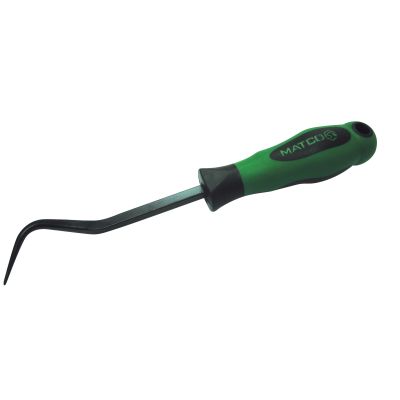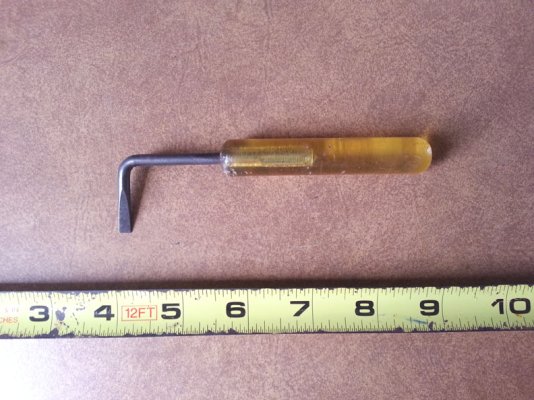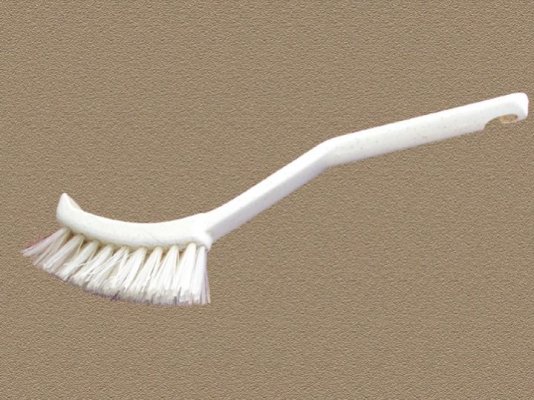Rogerh
Guru
- Joined
- Aug 27, 2013
- Messages
- 724
- Location
- USA
- Vessel Name
- At Last
- Vessel Make
- 1990 Jefferson 52 Marquessa
In my continuing saga of replacing my head hoses I had to remove my sea water strainer for the AC to gain access. It is a large strainer, brass/bronze I think, similar to what is on a lot of engine feeds. I want to clean it up while I have it out. I have seen many of these on vessels that have been detailed that look like they are brand new. I suspect they have been painted. It presently is a dull dark color. If I use a brass brush it cleans to a brass looking color. Is there a chemical that I should use to clean it? After it is clean should I paint it and if I should what kind of paint should I use? I really would like to get it looking new again. Thanks for your inputs...
Also is there a secret to getting the wire hoses off? It has been a crazy battle to remove them with wire cutters, screw drivers and so on.
Thanks
Also is there a secret to getting the wire hoses off? It has been a crazy battle to remove them with wire cutters, screw drivers and so on.
Thanks

 the wire is internal, the seal and friction point is not the wire but the rubber contact between the barb and hose. Btw except from releasing the hose from the stuck hose barb, Cpt Bill, you were dead on...ya must have stood up.:lol:
the wire is internal, the seal and friction point is not the wire but the rubber contact between the barb and hose. Btw except from releasing the hose from the stuck hose barb, Cpt Bill, you were dead on...ya must have stood up.:lol:
 :Bill stand up, can't understand you....how is that strainer detailing going...I understand plating is very effective over bronze...I suspect ya can really dress up a Perco or Groco strainer for a few $ 100's or so for chrome...now gold...well that is a different matter entirely...
:Bill stand up, can't understand you....how is that strainer detailing going...I understand plating is very effective over bronze...I suspect ya can really dress up a Perco or Groco strainer for a few $ 100's or so for chrome...now gold...well that is a different matter entirely...

 Touché. Ya got me right where it hurts Cot Bill.socool:
Touché. Ya got me right where it hurts Cot Bill.socool: